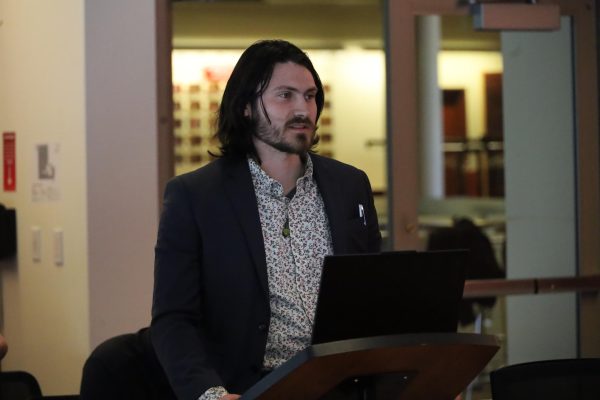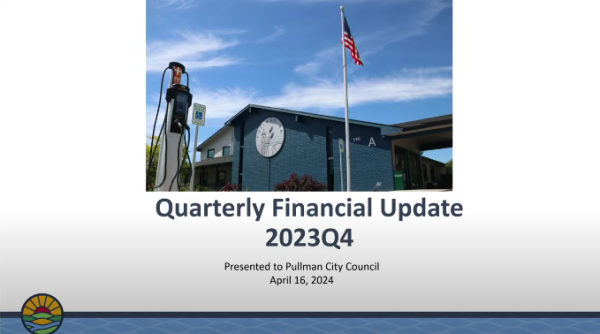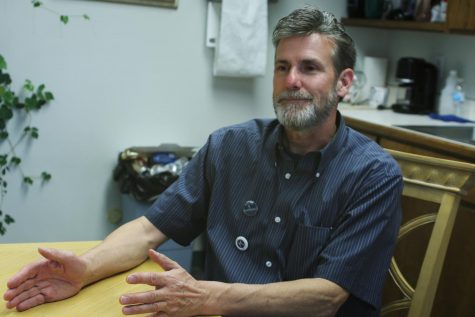Science Explained: Why is donating blood important?
Blood is separated into different components during processing; PRH hosts donation drive first Friday of every month
People should drink plenty of water and eat iron rich foods before donating blood.
July 9, 2021
If you have ever donated blood, you may have wondered where it goes once it leaves your body.
Blood makes a lot of stops before going to a recipient. First, it goes to a regional center where it is processed and tested for common blood-borne illnesses, said Jennifer Matera, Pullman Regional Hospital lab director.
During this process, blood is separated into different parts — plasma, platelets and red blood cells. When a patient needs one of the components, the hospital will request it from the center, Matera said.
It takes three days for the center to process blood once donated, PRH volunteer coordinator Nikki Nolt said. This means it takes three days to replenish the supply when it is critically low.
People should not wait until there is a crisis to donate blood, Nolt said.
“There’s always a crisis going on. The level of that crisis is what changes,” Matera said. “If people don’t go and donate blood, it just becomes that much worse.”
There are many conditions warranting a blood transfusion; trauma and certain cancers are the most common conditions, she said.
Nurses monitor patients for 15 minutes when receiving blood to make sure there is no adverse reaction, Matera said. Some transfusions can cause hives, shortness of breath or racing heartbeat, but these adverse reactions are rare.
Anyone 16 years or older is eligible to donate blood, Nolt said. There are some restrictions based on travel, medications and medical conditions, but most healthy people are able to donate.
People who are ineligible to donate should encourage others to do so. The main reason people do not donate blood is because no one asked them, she said.
People should drink plenty of water and eat iron-rich foods before donating, Matera said.
There is no way to guarantee blood will go to a local recipient, Nolt said. However, donations made through the blood center Vitalant will stay within the Inland Northwest.
PRH hosts a blood drive on the first Friday of every month. It is hosting an additional drive on July 27, Nolt said. Donors can register online through Vitalant.
There would never be a blood shortage if every eligible person donated three times a year, Nolt said. People are eligible every eight weeks.
“All of us who are able need to pick up the slack,” she said.
Science Explained is an article series that aims to describe popular science topics without technical jargon that can be confusing for non-science audiences. Each article will cite professors, researchers or experts at WSU, as well as available online research to explain science in a way that is understandable and interesting.
Emma Ledbetter is the author of Science Explained. She is a microbiology major and is going into her seventh semester working at The Daily Evergreen.






















